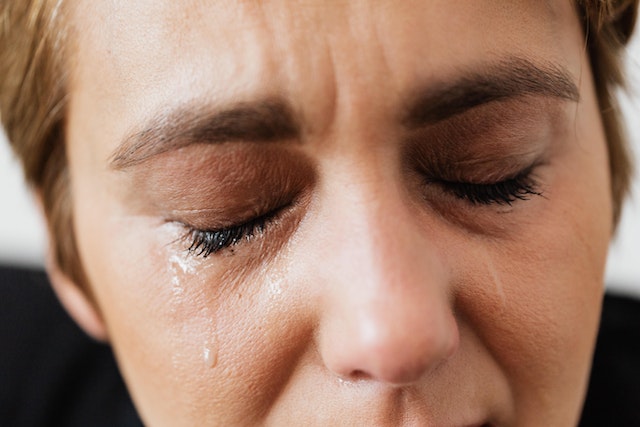
Types of ligament tears are common in many sports injuries. Ligament tears are caused by too much force, such as when striking an object, bouncing from a jump, or twisting incorrectly during a workout. Ligament pain is often worse than the pain of the injury itself. The location of the injury, whether in the small intestine, chest wall, or forearm bone (the joint that holds the dominant hand), may make a difference in the severity of the pain. Ligament tears occur in the ball of the foot, the toes, or even the big toe.
Ligament sprains are caused by too much deceleration of the knee during walking, running, or exercising on uneven surfaces. Ligament sprains can range from minor or partial tears, called a sprain, to full ruptures, which will cause unstable bones, limited motion, and pain. The wrist, elbow, and ankle are the most frequent sites of ligament tears because they are used to support the body and catch falling objects.
A strain is a direct blow to one of the ligaments, usually accompanied by swelling and pain. Strain symptoms vary depending on where the injury occurs. Ligament strains tend to occur in the throwing shoulder, adductor muscles, hamstrings, and quadriceps muscles. Sprains are usually caused by an abrupt or sudden change of direction of movement, an athlete’s foot, or jumping. They can also be caused by lifting something too quickly types of ligament tears.
Ligament sprains are the most common type of sports injury.
Ligament tears are tears in the ligaments and tendons. Sprains occur in the superficial layers of connective tissue because they stretch without warning. Ligament ruptures (ruptures) occur when the ligament is stretched beyond its elastic limits. Ligament ruptures can be very painful, and if they occur more than once, it’s probably a good idea to see a doctor. They may need surgery or physical therapy to repair the injury.
Abrasion injuries are sudden jerks or pulls on the outer edge of a bone. They are common in racquet sports such as tennis and golf. Most of these symptoms subside within a few days, but occasionally, a patient can have them for months. Repetitive movements and twisting can also lead to abrasion injuries. In most cases, if the injury isn’t treated right away, it can worsen with time and cause more serious damage to surrounding tissues.
Sports medicine doctors are the best place to diagnose knee injuries. They specialize in diagnosing and treating them. Depending on the severity of the tear, they may recommend surgery. They’ll explain the best course of treatment and where to find the best physical therapy and rehabilitation specialists. They can also refer you to an orthopedic surgeon if scope-of-life-threatening complications arise.
The knee may give way during intense physical activity or when throwing a football. Sudden tears of the anterior cruciate ligament (ACL) occur in active sports such as soccer and volleyball. They can be sudden and abrupt movements or gradual, sharp pain. The pain from an ACL injury usually affects the front part of the thigh. Some ACL tears happen suddenly. Patients with sudden ACL tears can experience a lot of discomfort.
Menisci tear in response to sudden forces that stretch the ligament. They are particularly susceptible to injury when doing sudden movements like running or participating in extreme sports. The symptoms of meniscus tears from sports injuries are swelling, redness, and pain. Other common causes of meniscus tears include trauma, direct contact with the injured area, overuse of the joint, and the wearing of tight-fitting shoes. The treatment of meniscus tears requires physical therapy and rehabilitation to rebuild strength and control arthritis.






